What to do When Your One-on-One Check-ins Feel Like a Waste of Time
A lot of the issues managers bring to our coaching conversations are a result of a lack of communication and trust. Some of that comes from the absence of a safe space in which to have direct, productive and vulnerable conversations.
As a manager, you can create a predictable and safe environment for those conversations at your regular manager/employee check-ins. Many of us have had these meetings on our calendar but there’s a big difference between a well organized, predictable, thoughtful check-in and the rushed, distracted, “default” check-in. Scheduling the check-in and inviting your employee to meet with you is not enough.
In some respects, because the one-on-one manager/employee check-in is designed to be a regular meeting, it can be taken for granted and underutilized. It is a recurring meeting, often without a true or thoughtful agenda attached to it; after all, it’s meant to be “open conversation.” You probably expect your employee to bring you a problem if they have one. If they need some coaching, you expect them to come to you with that request. Why, then, do most check-ins largely end up being a conversation something along the lines of…”How’s it going?” “It’s good. I’m busy, but I’ll manage.” “Okay, great, walk me through your project updates.”
A project update meeting is not a total waste of time, but it’s not development oriented and probably leaving you (and your employee) with the feeling that the one-on-one could be better utilized. In all likelihood, your employee is probably stressed about something or frustrated with their career progression or not sure if they can even share an issue they’re having in their personal life.
Here’s some ideas to help you refresh your approach to one-on-one check-ins with your employees:
Listen.
Listening is one of the most underrated skills of managers, especially first-time managers. There’s this general tendency to feel like you should have all the answers, which means you then do most of the talking and solving. Often your employee doesn’t want a solution, they just want to be heard. At other times you won’t be able to help them solve their challenge until you hear more from them. No matter what, you need to show a willingness to listen, ask follow up questions, and acknowledge what you hear. Create a space where your employee knows you won’t judge, jump to conclusions, or tell them what they “should do.” This will make them comfortable coming to you, asking directly when they want your advice, and growing with you.
Be aware of what you’re modeling.
Employees take cues from their leaders. If you multitask or run late, they will notice and follow your lead. If you rely on the project updates as the topic for the agenda and neglect to ask follow-up questions, they’ll know that this is not a space for reflective or more macro-level, forward-looking conversations.
Ask powerful open-ended questions.
Even if you want the employee to focus these check-ins on what’s most valuable to them, you will still play a role as the guide, coach and mentor. To do that, you have to ask powerful questions that illustrate curiosity and encourage productive conversation. Use open-ended questions (they typically begin with where, when, how, and what) that help your employees move forward. The idea is to avoid having your employee tell you stories and regurgitate what they already know. For example, instead of asking, “What’s the update on project X,” try, “How will you build momentum with project X?” or “What worked particularly well on Project Y that you think you can try again on Project Z?”
Have an agenda and plan.
This is a bit of a goldilocks situation. You should have enough of an agenda that you know what success looks like but not so much structure that it gets in the way of what’s needed in the moment. Experiment with different ideas and get feedback from your employees; every employee has different needs. Consider which topics make sense on a weekly basis and which set you up for longer term conversations.
We put together a document with some suggestions for questions and topics for conversation. Download the document here. Use the document to design the ideal agenda for you and your team. Depending on the frequency of your check-ins, you will likely find that even if you want to, you won’t be able to cover every single topic at each meeting. There is also likely something missing that should be added due to the context of your employee/team/work. Just remember, the more you can step outside of what has likely become a default for both you and your employee, the better served your team members will be.
What are the most valuable employee check-ins you have experienced? What made them valuable?

